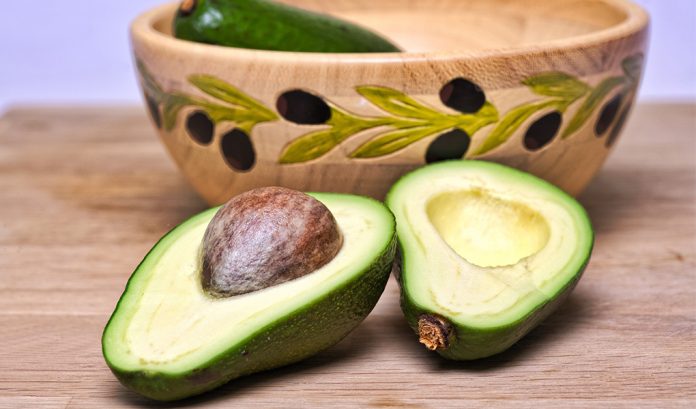
Origin
Avocados are not native in the Philippines. It was believed that this was introduced by the Americans in 1890 through seeds coming from Mexico. It is called aguacate in Spanish, and is known with several names in English such as Alligator pear, Palta pear, and Midshipman’s butter. However, it was only during the years of 1902 to 1907 when avocado was brought in the Philippines.
In 1913, the Bureau of Agriculture, now called the Bureau of Plant Industry under the Department of Agriculture, together with the College of Agriculture of the University of Los Baños, started to spread avocado trees in the countryside. At present, avocados are most likely cultivated in backyards all over the country.
The “Good” Fat
A common misconception about fats is that all of them are BAD. Good thing, avocado can make prompt justification about that. It is one of the few fruits that provide you with the fats that will help you keep your cholesterol levels in healthy range, and lower the risk of heart diseases. A fruit contains 29 grams of monounsaturated fats and other vitamins and nutrients like fiber, potassium, folate and niacin, vitamins A and C, cholesterol-lowering phytosterols, and a healthy dose of lutein and zeaxanthin for the eyes.
On the Table
If you’re imagining the soft and savory feels of avocado melting in your mouth, try not to panic. Always choose that because its one of the best quality! Choose a fruit with firm, dark green or pebbly purple peel. If its skin is wrinkled and with block spots, it indicate that it was picked sooner than is supposed to or overripe. It is best to not refrigerate the avocado because it will slow down its ripening.
Avocados are best eaten raw than cooked because they become bitter due to its high tannin content. Ripe avocados can be mashed, cubed, or sliced. It can also be made into a spread like guacamole. Here in the Philippines, avocados are mostly incorporated into ice creams, milkshakes, and smoothies.
If you are waiting for the fruit to ripen, placing it in a paper bag can be a great help. Because, it will release its natural gas called ethylene that helps quicken the process. When you cut them, make sure to finish them or they will all turn dark in an instant. You can drizzle calamondin juice to prevent browning with a touch of additional flavor.
Copyright 2042, DoctorFarrah.com








